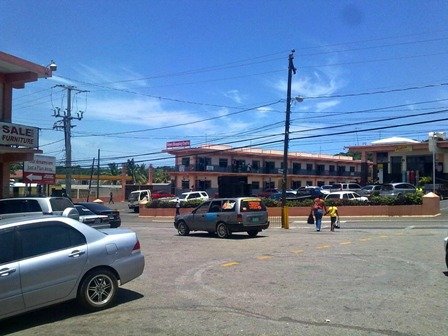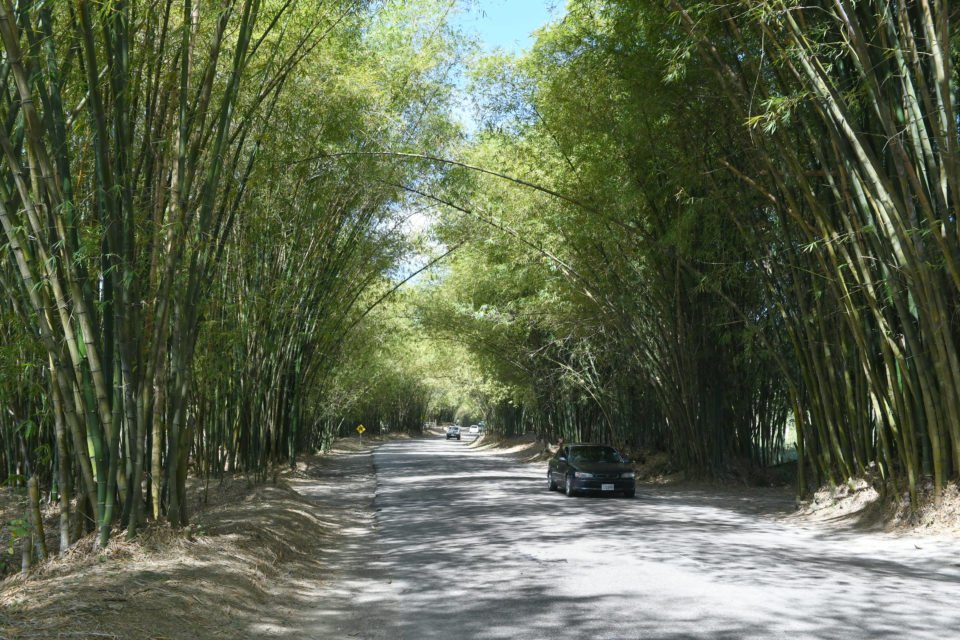St. Elizabeth is one of the oldest parishes in Jamaica, originally including much of the western section on the island. It was split to form parts of Westmoreland and Manchester in 1703 and 1814 respectively. St. Elizabeth was named in honour of Lady Elizabeth Modyford, wife of Sir Thomas Modyford, Governor of Jamaica between 1664 and 1671.
St. Elizabeth was a historical landmark for many, as it played an instrumental role in the Sam Sharpe Rebellion of 1831; some of its residents fought in that uprising. The little town has been home to the Maroons, who fled to the Cockpit Country during slavery, and is a thriving community today with a rich cultural heritage.
Black River is the oldest town in the parish and was reportedly one of the first to have received electricity. It is home to a number of historic buildings, including the historic Leydens’ Mausoleum, where H.E. Dr. J.C Leydens is interred. The parish also supports an important shrimp and freshwater fishery, and has significant agricultural production lush green pastures.
ST. ELIZABETH, JAMAICA
Historical Information
St. Elizabeth is a sea-ward parish. The northern and north-eastern sections of the parish are mountainous, while an extensive plain occupies the central and southern districts. Running through this plain from north to south is the Santa Cruz range of mountains which terminates at the southern extreme with a 1,600 foot precipice.
The Cockpit Country is a large area in west-central Jamaica that derives its name from the ‘cockpit’ krsat limestone which has the appearance of an overturned egg-tray. This area measures approximately 450 km2 and though centred in the parish of Trelawny, has extensions into St. Elizabeth.
The Cockpit Country vegetation is the largest and most intact example of wet limestone forest in Jamaica. Its flora exemplifies the outstanding endemism of the West Indies. And, most of Jamaica’s 550 native ferns grow in this area.
The Cockpit Country is also renowned for its rich birdlife, including 258 species of birds and 56 species of reptiles.
It is also home to a number of archaeological sites.
Geographical Information




